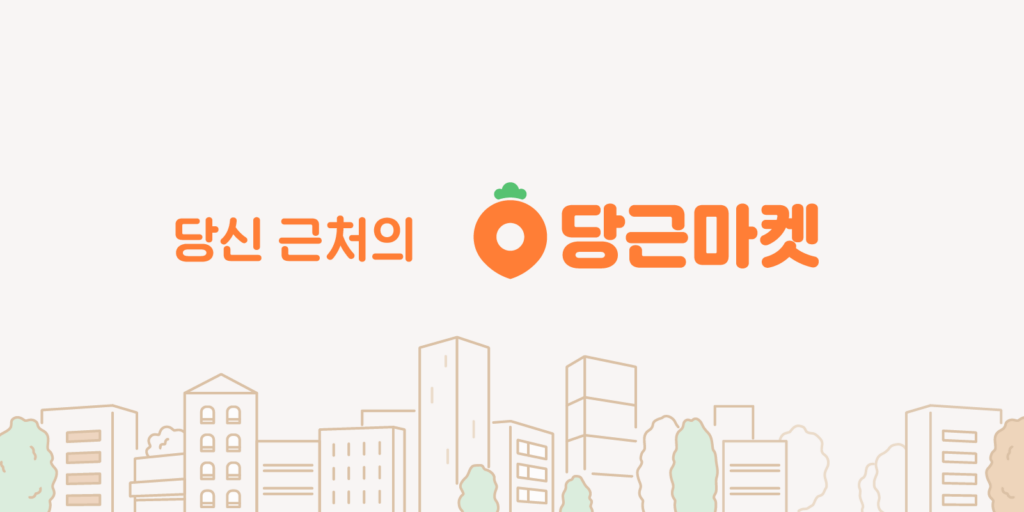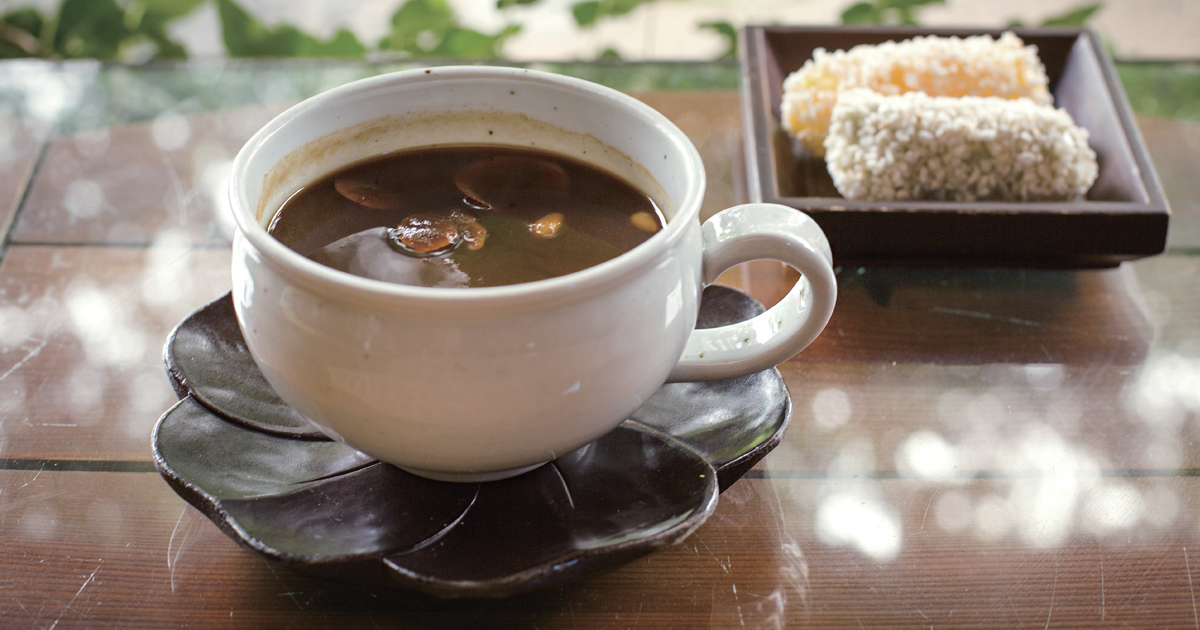Exercise today is more than just a health habit for modern people—it’s a powerful stress reliever and a way to build new relationships. For foreigners living in Korea, the range of sports hobby impressively diverse—from easy activities like gym workouts and yoga, to outdoor sports such as hiking and golf. In this post, we’ll explore some of the most popular sports hobbies in Korea, what makes each one appealing, and how to get started.
Gym Workouts: The Most Accessible Fitness Option
Going to the gym is one of the easiest and most accessible ways to stay fit. Neighborhood gyms across Korea offer both weight training and cardio equipment, making it easy to pop in at your convenience. Membership fees are quite reasonable, especially with discounts for off-peak hours or long-term plans. Many gyms are open 24/7, which is ideal for office workers who want to exercise after work.
One major advantage of gyms in Korea is the availability of expert guidance through personal trainers (PTs). Beginners may risk injury from improper use of machines, especially to the back or knees. Signing up for sessions with a PT or asking a staff member for help can ensure a safe and effective start. Combining workouts with body composition analysis and meal planning can pave the way to achieving your body goals or improving your overall health systematically.

Yoga: A Holistic Workout for Body and Mind
Yoga improves both muscular strength and flexibility, while also offering mental calm through meditation. In Korea, yoga has become a widely embraced hobby among not just women, but also men and seniors. Yoga studios typically offer different styles such as Hatha, Vinyasa, and Ashtanga, each varying in intensity and approach.
First-time yoga participants are often surprised by how stiff their bodies really are. But with consistency, you’ll notice improved posture and a sense of relaxed nervous system function. Most yoga studios operate on a class-based system, commonly offering 2–3 sessions per week. Monthly memberships are the norm, and with flexible schedules, even full-time workers can easily join classes after hours or on weekends.

Hiking: Korea’s Year-Round Outdoor Favorite
For Korean people, hiking goes beyond a physical activity—it’s practically a national pastime. With so many mountains scattered across the country, you can reach a trailhead easily via subway or bus, even from a major city. In Seoul alone, there are multiple accessible mountains such as Bukhansan, Dobongsan, and Gwanaksan. On pleasant weekends, it’s common to see busy trails filled with hikers from early morning.
If you’re a beginner, start with low-elevation trails, and make sure to gear up with essential items like proper hiking boots and clothing. Especially in winter, trails can be icy or snowy, making anti-slip gear crucial. Hiking with a group of friends or joining a hiking club makes even difficult sections feel fun. The achievement of reaching the summit, while breathing in the crisp air and taking in the views, is indescribable. Plus, many hikers celebrate with traditional pancakes (jeon) and rice wine (makgeolli) at local eateries near the trail, which adds to the cultural richness of the hobby.
Golf: A Sport that Combines Leisure and Networking
Not long ago, golf in Korea was seen as an expensive pastime for executives and the wealthy. However, thanks to the rise of screen golf and indoor ranges, more people—especially beginners—can now try their hand at golf without breaking the bank. The surge in popularity has even led to the creation of a new term, “gollini” (golf + beginner), widely used among young golf enthusiasts.
That said, playing a full round on an outdoor course can still be costly—with expenses covering green fees, caddy fees, transport, and equipment. Fortunately, screen golf is a much cheaper alternative, usually costing just a few tens of thousands of won per person for an hour’s session. Since golf also serves as a tool for business networking and social bonding in Korea, learning the basics—such as swing technique and rules—can also prove valuable for expanding your professional and personal circle.
Double the Fun with Sports Clubs and Social Groups
In Korea, sports clubs and hobby groups are very active and welcoming. Whether you’re into gym workouts or yoga, it’s easy to find workout buddies. For hiking or golf, group activities often enhance the experience. You can find various groups based on region or skill level by searching on social networks or online communities such as cafes and forums.
Joining a club can help you learn practical techniques, share tips, and stay motivated when exercising alone gets boring. Hiking clubs often rent buses for group trips to more distant and famous mountains, while golf groups foster a laid-back atmosphere where you can enjoy play even if your swing isn’t perfect. These clubs also provide opportunities to build friendships through post-exercise meals or social gatherings—classic features of Korea’s club culture.
Enjoy Seasonal Sports All Year Round
Thanks to Korea’s distinct four seasons, you can enjoy different sports depending on the time of year. Spring and fall offer the perfect weather for hiking, while summer is ideal for water sports like swimming and surfing. Head to Jeju Island or the east coast and you’ll easily find surf spots. Come winter, skiing and snowboarding are in full swing, attracting crowds to Gangwon-do ski resorts and indoor ice rinks every weekend.
If you prefer indoor sports all year, squash, badminton, or table tennis are great options. Local sports centers, university gyms, or community halls often allow court reservations for regular group sessions. Racket sports are relatively simple in terms of equipment and offer team-based fun that combines competition and camaraderie.
Gear Up Safely: Equipment and Guidelines
Before starting any new sport, it’s crucial to assess your physical condition. A quick doctor’s visit for basic consultations or check-ups on the heart, joints, and blood pressure will help you choose the most suitable activity. Even for less intense workouts like yoga or gym training, improper movement or overexertion can lead to injuries.
Make sure you have the appropriate gear—whether that’s good sneakers, suitable clothing, or protective gear. For example, hiking boots should provide ankle support, and beginners in golf don’t need to invest in expensive clubs right away—used gear or rental services work perfectly. Finally, first-timers should seek initial guidance from instructors, trainers, or experienced group members to establish a safe and effective routine.
Progress and Connection Through Consistency
The benefits of working out don’t come from a one-off session. Even just one or two times a week can build physical stamina, relieve stress, and give you a sense of accomplishment. Keeping track of your progress over three, six, or twelve months might surprise you—you may be lifting heavier weights or hiking tougher trails than before.
Also, sports are a great way to forge real human connections. New friendships naturally form as you share experiences, meals, or even trips with those you meet through exercise. These bonds often grow unexpectedly strong, such as when you help each other through difficult parts of a mountain trail—and come down as friends.
Conclusion: Elevate Your Life Through Sports in Korea
Whether it’s gym workouts, yoga, hiking, or golf, Korea offers a wide variety of sports hobbies for everyone. Once you get moving and start to sweat, you’ll feel your body and mind becoming stronger and more energized. The country’s well-developed fitness infrastructure and vibrant community culture also make it easier for beginners to get involved.
You might explore a few options before settling on one that suits you. If gym workouts bore you, try yoga or Pilates. If you crave the outdoors, give hiking or golf a shot. The key is to stay consistent and embrace the joy of the activity. When exercise becomes more than just physical movement—when it turns into a lifestyle—you gain not just health, but happiness too. Start building a fuller, more rewarding daily life through your sports hobby in Korea.

WeBring Service : Provides personalized services to foreigners living in Korea
Exclusive offer: Introducing foreign car rental in Korea, WeBring-SoCar










